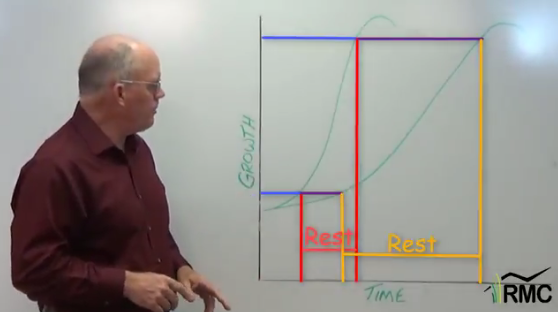This was originally a post written by Rachel Gilker, but when she shut down her account with On Pasture, she also eliminated all her articles from the library. Here are the basics of what it said.
 Brix became a popular method for measuring forage quality. But it comes with some large drawbacks so it’s not a very accurate measurement. First, brix is designed for high-sugar products like fruit and honey, where the liquid extracted is primarily sugar. Forages have much lower sugar concentrations and are structurally different. Second, brix indicates total dissolved solids, not just sugars. Liquid extracted from forages, especially high-fiber grasses, can introduce microparticles and fibrous bits that can inflate or deflate brix readings. Studies also show that it is inconsistent across species. For example , studies showed it was a poor predictor for orchardgrass but showed some limited promise for alfalfa. Finally brix values are greatly affected by factors such as the time of year, fertilization practices, weather conditions, and something as small as whether the sample was taken in the shade or in the sun. This makes it an unreliable single indicator for predicting forage quality at different times.
Brix became a popular method for measuring forage quality. But it comes with some large drawbacks so it’s not a very accurate measurement. First, brix is designed for high-sugar products like fruit and honey, where the liquid extracted is primarily sugar. Forages have much lower sugar concentrations and are structurally different. Second, brix indicates total dissolved solids, not just sugars. Liquid extracted from forages, especially high-fiber grasses, can introduce microparticles and fibrous bits that can inflate or deflate brix readings. Studies also show that it is inconsistent across species. For example , studies showed it was a poor predictor for orchardgrass but showed some limited promise for alfalfa. Finally brix values are greatly affected by factors such as the time of year, fertilization practices, weather conditions, and something as small as whether the sample was taken in the shade or in the sun. This makes it an unreliable single indicator for predicting forage quality at different times.




